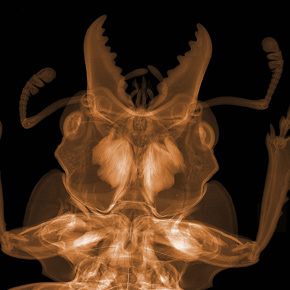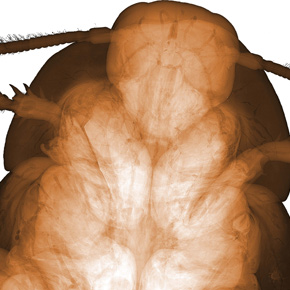Biological research
Cancer research, bio-mechanics, drug testing are just few examples where X-ray imaging contributes to the research in biology and medicine. Until recent, synchotrons were typically the place to go to do much of this imaging. Nowadays, the photon counting detectors start changing this stereotype.
The high sensitivity of photon counting detectors to low energy photons predetermines them for imaging of low X-ray attenuating objects, i.e. light objects, such as tissue. Therefore, these detectors are ideal for the bio-related applications. The low X-ray energy sensitivity (starting from ~3 keV) together with the high dynamic range allows revealing features in samples that remained hidden to other types of X-ray imaging detectors.
The energy sensitivity of modern cameras further opens possibilities to better identify individual types of tissue. That has important consequences for example in the cancer research as the tumor tissue can be better identified from the healthy one.
Computed tomography of insects contributes to better understanding how their bodies work which is consequently important for improvements of bio-mechanical or robotic designs. Photon counting imaging detectors again reveal details that were not visible in the past.
Follows examples of X-ray images of insects and animals provided with courtesy of IEAP-CTU in Prague.




